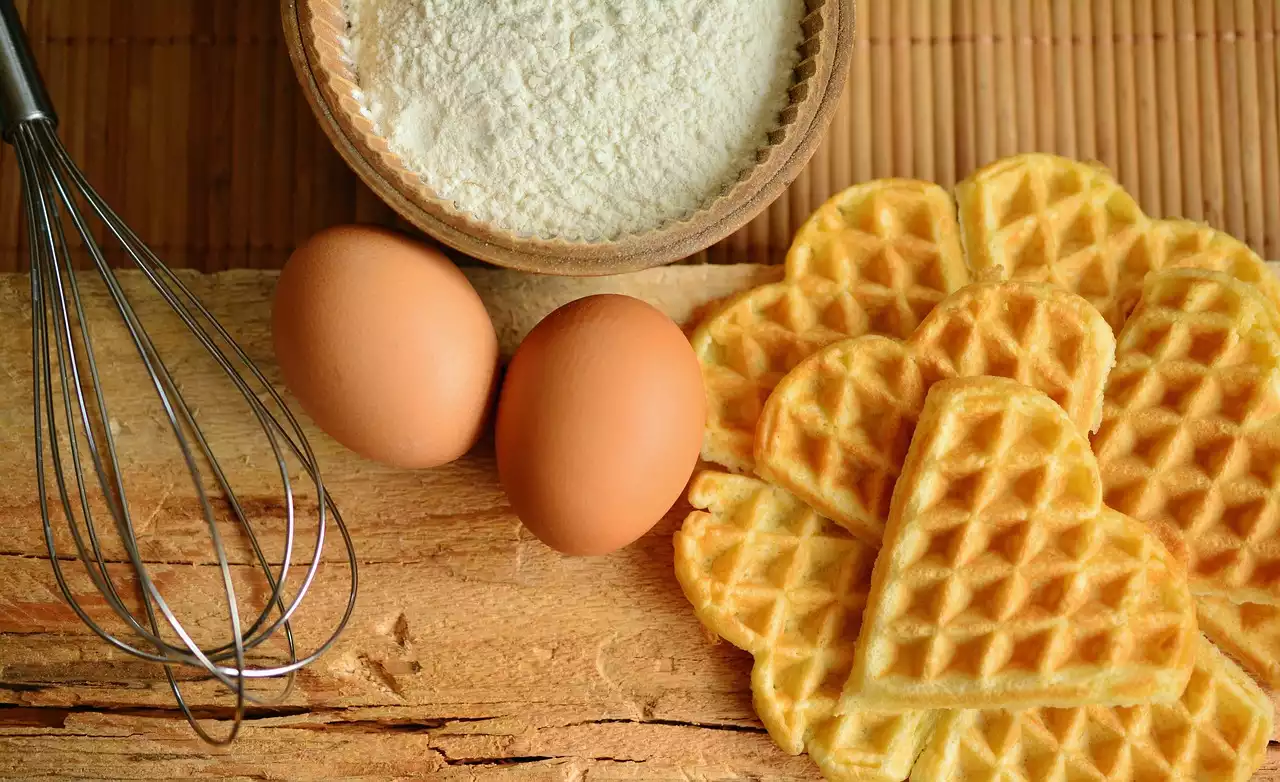Baking is a beloved pastime for many people, but traditional recipes often rely on wheat flour, which can be problematic for those with gluten intolerance or celiac disease. Additionally, many baked goods contain high levels of refined sugar and processed ingredients. Fortunately, alternative flours offer a gluten-free and healthier approach to baking. In this article, we will explore the benefits and challenges of using alternative flours such as almond, coconut, oat, quinoa, chickpea, and buckwheat flours in your baking. We'll also provide tips and recipe examples to help you get started.
Overview of Alternative Flours
There are many different types of alternative flours available, each with their own unique properties and nutritional benefits. Here are some of the most popular options:
- Almond flour: Made from ground almonds, almond flour is rich in healthy fats, protein, and fiber. It has a nutty flavor and can be used in a variety of recipes, from cookies and cakes to bread and pancakes.
- Coconut flour: Made from ground coconut meat, coconut flour is high in fiber and low in carbohydrates. It has a slightly sweet, tropical taste and works well in recipes that call for a dense, moist texture.
- Oat flour: Made from ground oats, oat flour is a good source of fiber and has a mild, nutty flavor. It can be used in many baking recipes, from muffins and cookies to bread and pizza crusts.
- Quinoa flour: Made from ground quinoa seeds, quinoa flour is high in protein and amino acids. It has a slightly nutty flavor and can be used in a variety of baked goods.
- Chickpea flour: Made from ground chickpeas, chickpea flour is high in protein and fiber. It has a nutty flavor and works well in recipes that call for a savory, dense texture, such as flatbreads and fritters.
- Buckwheat flour: Despite its name, buckwheat is not related to wheat and is naturally gluten-free. Buckwheat flour is made from ground buckwheat groats and has a nutty, earthy flavor. It can be used in a variety of baked goods, from pancakes and waffles to bread and muffins.
Gluten-Free Baking
For those with gluten intolerance or celiac disease, traditional baking recipes can be off-limits. Fortunately, alternative flours can provide a gluten-free solution. Here are some tips for successful gluten-free baking with alternative flours:
- Combine flours: Many alternative flours have different textures and properties, so combining them can help achieve a more traditional texture in your baked goods.
- Add binders: Gluten provides the structure and elasticity in baked goods, so adding a binder like xanthan gum or psyllium husk can help replicate this structure.
- Adjust oven temperature: Alternative flours may require a lower baking temperature and longer baking time than traditional recipes, so adjust accordingly.
Here are some recipe examples that use alternative flours for gluten-free baked goods:
- Almond Flour Chocolate Chip Cookies
- Coconut Flour Banana Bread
- Oat Flour Blueberry Muffins
- Quinoa Flour Pizza Crust
- Chickpea Flour Flatbread
- Buckwheat Flour Pancakes
Healthier Baking
In addition to being gluten-free, alternative flours can also make your baked goods healthier by reducing the amount of refined sugar and processed ingredients. Here are some tips for incorporating alternative flours into healthier baking:
- Use nut flours: Nut flours like almond and hazelnut are naturally low in carbohydrates and provide healthy fats and protein. They can be used in place of white flour in many recipes.
- Use fruit or vegetable purees as sweeteners: Pureed fruit or vegetables like bananas, sweet potatoes, or pumpkin can add natural sweetness and moisture to your baked goods without adding refined sugar.
- Reduce sugar and fat: In many recipes, you can reduce the amount of sugar and fat without sacrificing flavor. Experiment with reducing these ingredients gradually to find the right balance.
Here are some recipe examples that use alternative flours for healthier baked goods:
- Almond Flour Zucchini Bread
- Coconut Flour Carrot Cake
- Oat Flour Apple Cinnamon Muffins
- Quinoa Flour Chocolate Cake
- Buckwheat Flour Blueberry Scones
Challenges and Tips for Baking with Alternative Flours
While alternative flours can offer many benefits, they can also present some challenges. Here are some common issues and tips for overcoming them:
- Texture: Alternative flours can have a different texture than wheat flour, which can result in crumbly or dry baked goods. Adding extra liquid, such as applesauce or yogurt, can help maintain moisture.
- Rising: Without gluten, baked goods may not rise as much as traditional recipes. Adding a leavening agent like baking powder or yeast can help with rising.
- Flavor: Alternative flours can have a stronger, nuttier flavor than wheat flour. Experiment with different types of flour and find recipes that complement the flavor.
- Storage: Alternative flours can spoil more quickly than wheat flour. Store them in an airtight container in the refrigerator or freezer to extend their shelf life.
Conclusion
Baking with alternative flours can provide a gluten-free and healthier approach to your favorite baked goods. With a little experimentation and the right techniques, you can enjoy delicious treats that are better for your body. Whether you have gluten intolerance, celiac disease, or simply want to make healthier choices, alternative flours are a great option for your baking needs. So, grab your mixing bowl and start exploring the world of alternative flours today!







